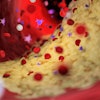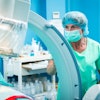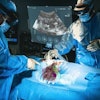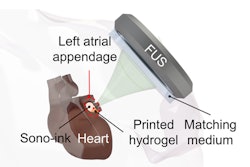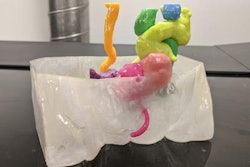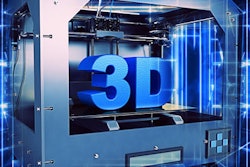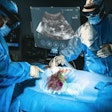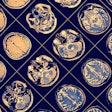The use of 3D printing increases user confidence and saves time for procedures, suggest findings published August 6 in the Journal of the American College of Radiology.
Researchers led by Kenneth Wang, MD, PhD, from the Baltimore VA Medical Center in Maryland reported trends for the first three years of the RSNA-American College of Radiology (ACR) 3D Printing Registry. They also found that cardiac models are the most common type of 3D printing models used and neurologic guides are the most common type of guides used.
“Our findings are essentially a snapshot of how 3D printing is being practiced at institutions around the country," Wang told AuntMinnie.com.
3D printing continues to grow in popularity for radiologists and other clinical users planning treatment strategies. However, the researchers pointed out a lack of systematic data on how the technology is used in practice, despite the growing body of literature. They also noted that such data would provide guidance for when and why 3D printing may be used, how frequently the technology is used for various indications, and resources to better optimize the technology’s use.
In 2020, the RSNA and ACR launched a registry to collect standardized case data about 3D printing performed in healthcare facilities, using the ACR National Radiology Data Registry system. It includes data from two types of cases: anatomical models and anatomical guides. These are distinguished by what is represented in the printed object, rather than by how the object is used.
Wang and colleagues reported data and trends from the first three years of operation of the RSNA-ACR 3D Printing Registry. Their analysis included 20 sites and 2,637 cases, consisting of 1,865 anatomic models and 774 anatomic guides. The average patient age for models and guides was 42.4 years and 56.3 years, respectively.
For the study, the researchers divided staff into providers and non-providers. Providers included licensed independent practitioners such as physicians, while nonproviders included technologists, engineers, and scientists.
The team reported the following findings:
- Cardiac models were the most common type of models used (27.2%), and neurologic guides were the most common type of guides used (42.4%).
- Material jetting, vat photopolymerization, and material extrusion were used in 85.6% of all cases.
- Providers spent an average of 92.4 minutes per case while non-providers spent an average of 335 minutes per case.
- Providers spent most time on consultation (33.6 minutes), while nonproviders focused most on segmentation (148 minutes).
Also, clinical users reported increased confidence in treatment plans after using 3D printing (p < 0.001). Estimated procedure time savings for 155 cases was 40.5 minutes (p < 0.001).
Finally, 3D printing led to 26.1 minutes in estimated time saved for procedures in 155 cases where time savings were reported. It also increased savings by a factor of 4.1. For these cases, the estimated savings were $2,511 while the staff cost was $605.79. The researchers noted that the study did not try to account for other costs tied to infrastructure or consumable materials.
The study authors highlighted that these trends could allow sites that already perform 3D printing services to engage in quality improvement. This includes comparing their own practice patterns and workflows with those described in the study.
"For some institutions, the data may highlight opportunities to expand into new clinical areas," Wang said. "For others, it may emphasize the role of certain printing technologies."
He also told AuntMinnie.com that one area for further research relates to the specific diagnoses within certain organ systems.
"For example, the current analysis shows that cardiac models are an important class of 3D printed anatomic models," Wang said. "Further analysis would allow us to define the most common cardiac indications for creating such models, which may serve to guide the further evolution of 3D printing labs."
The full findings can be found here.
